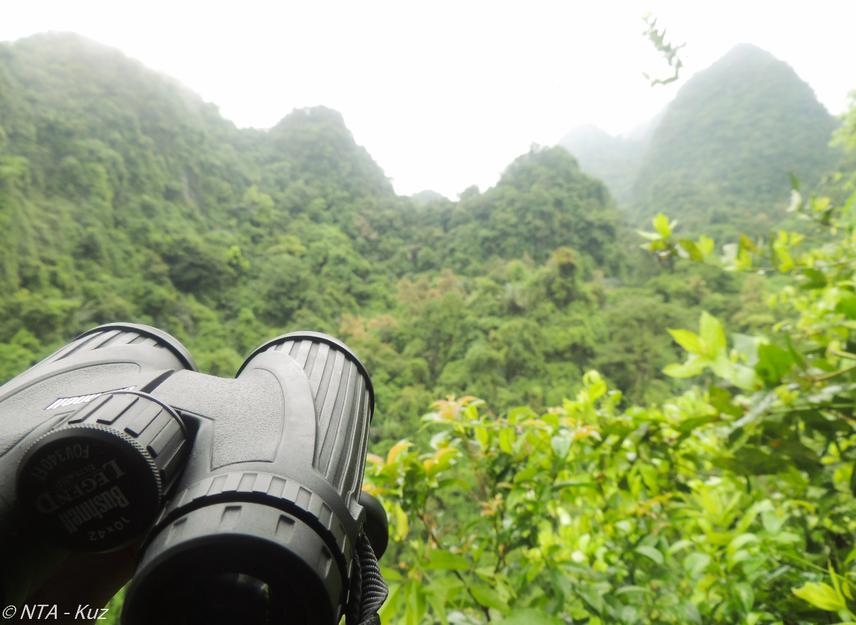Nguyen Tuan Anh
The Delacour’s Langur (Trachypithecus delacouri) is a critically endangered primate species endemic to northern Vietnam. The largest remaining subpopulation is found in Van Long Nature Reserve, and the second largest subpopulation occurs in nearby Kim Bang area. This project is proposed to: 1. Survey and determine the current population status and distribution in Kim Bang area; 2. Opportunistically collect non-invasive DNA samples of the langurs for future analysis; 3. Assess natural and anthropogenic threats to the langur in Kim Bang area; and 4. Publish the results so that data of this proposed project can be integrated in future conservation actions.

©NTS-Kuz.
The Delacour’s Langur (Trachypithecus delacouri) is a limestone langur species that is only found in a small area of 5,000 km2 in northern Vietnam. Its historical distribution range includes remnant forest patches in Hoa Binh, Ha Nam, Ninh Binh, Thanh Hoa, and Nghe An. It is critically endangered under the IUCN Redlist and was consistently ranked as one of the most threatened primates in the world. Its current total population is estimated to be approximately from 250 to 300 individuals, with subpopulations isolated in different limestone ranges.
Van Long Nature Reserve in Ninh Binh Province houses the largest viable population of the Delacour’s Langur in a protected area. The second largest population is found in Kim Bang, Ha Nam Province, which is adjacent to Van Long. Notable conservation efforts for the Delacour’s Langur have been implemented since 1990s in Van Long, with the establishment of Van Long Nature Reserve as a result in 2003. However, little has been done to protect the species elsewhere. Therefore, a field survey and threat assessment to evaluate conservation status of the population in Kim Bang would be beneficial for the long-term protection of the species.
Our project aims to achieve four objectives. First, we will conduct survey to collect information on occurrence, population structure, and distribution of the critically endangered Delacour’s Langur population in Kim Bang, Ha Nam Province, so that we can assess its conservation status.
Second, we will opportunistically collect non-invasive samples that we encounter along transects for future population genetic analysis. If opportunity arises, we will integrate data collected from this proposed project with a larger dataset that was already analysed and established from previous works. Data on the species population genetics may help identify the potential problems with its long-term survival, especially when genetic diversity of the Delacour’s Langur is expected to be low due to steep population decline and isolation over the last decades.
Third, we will conduct interviews with Kim Bang’s forest protection’s managers and rangers, local community members, and if possible local hunters, to identify natural and anthropogenic threats to the Delacour’s Langur population in Kim Bang area.
And last, we will use the results from our study to produce and disseminate scientific materials so it can help future conservation actions for the Delacour’s Langur in Vietnam.